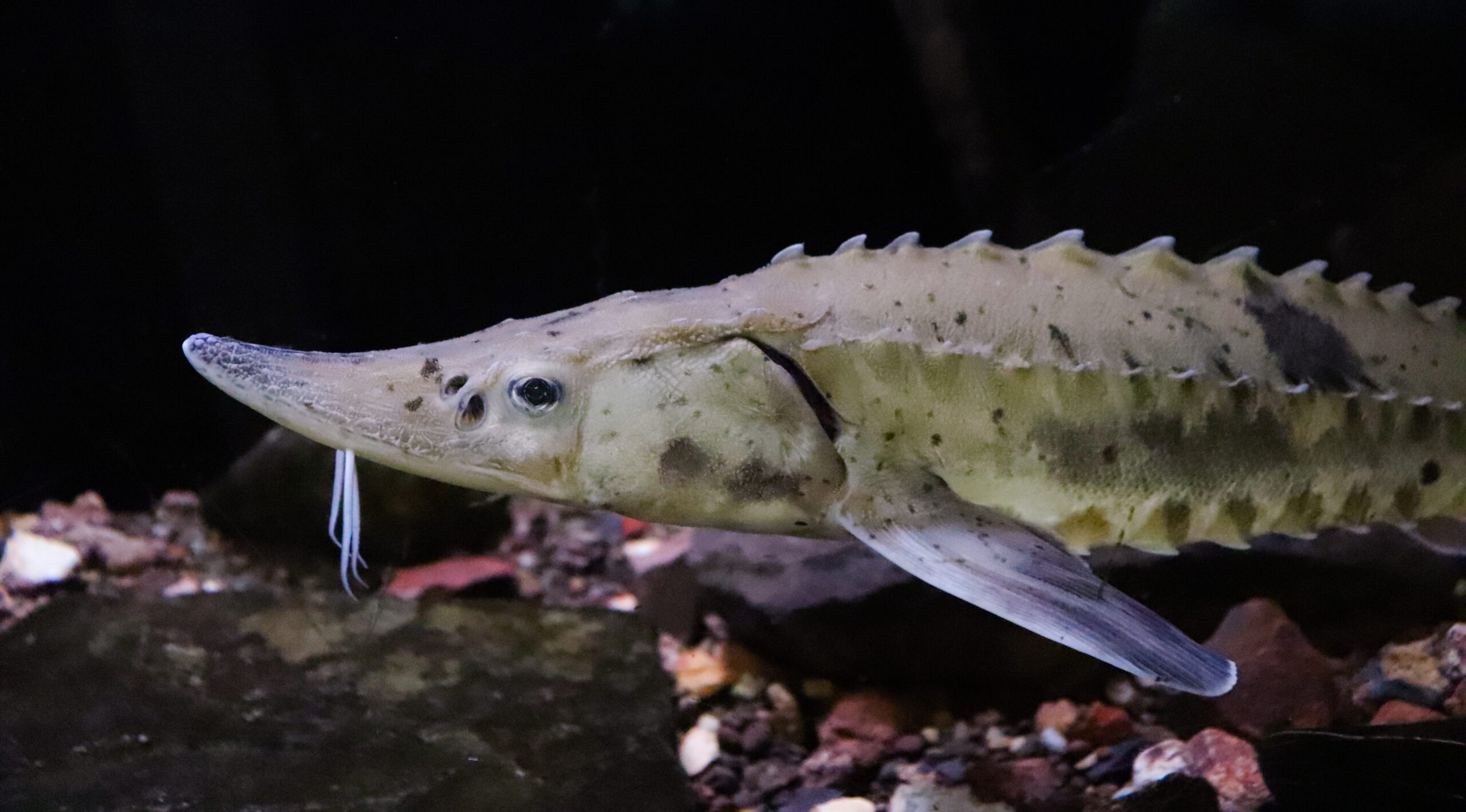Summary of Reporting Out on the Zoo’s Conservation Action Plan:
Jim Breheny, the Director of the Bronx Zoo and former chair of the Association of Zoos & Aquariums (AZA), is renowned for leading an organization that excels in animal care, guest experiences, and conservation efforts. He famously highlighted the fundamental purpose of zoos by asking, “Why’s the monkey in a cage?” This question underlines the zoo’s role in connecting people with animals to inspire action towards conserving these species and their natural habitats. Zoos and aquariums accredited by AZA, such as the Seneca Park Zoo, are required to develop a Conservation Action Plan. This plan, strategically designed to support the institution’s mission, includes five-year goals and annual objectives to guide their conservation efforts. Although the plan is detailed and complex, it serves as the backbone for how these institutions operate toward achieving their conservation goals.
– The vital role of zoos in wildlife conservation and public education
– Overview of Conservation Action Plans in AZA-accredited institutions
– The process of implementing a Conservation Action Plan
– Reporting on conservation efforts and their importance
– Case studies of successful conservation initiatives from around the globe
Zoos have evolved significantly over the years, transitioning from mere venues for public entertainment to critical centers for wildlife conservation and education. This transformation has been driven by a growing recognition of the urgent need to protect endangered species and habitats. A cornerstone of this conservation effort in zoos and aquariums, particularly those accredited by the Association of Zoos & Aquariums (AZA), is creating and implementing a Conservation Action Plan. These strategic plans outline a clear path toward the institution’s contribution to global conservation efforts. They highlight the zoo’s commitment to the creatures within their care, their wild counterparts, and their ecosystems.
Conservation Action Plans serve a crucial function by establishing goals and objectives that guide a zoo’s conservation, research, and education initiatives. These comprehensive documents detail zoos’ specific actions to contribute to the global conservation landscape. This often involves habitat restoration, species reintroduction, and public education campaigns, among other activities. When zoos communicate their Conservation Action Plans, they offer transparency, allowing the public and their members to understand and support these pivotal efforts.
The process of implementing a Conservation Action Plan involves several steps, from the identification of key species and habitats in need of conservation efforts to the allocation of resources and the establishment of partnerships with other conservation organizations. Crucial to this process is the engagement of zoo staff at all levels, ensuring that everyone, from keepers to executives, is working towards common conservation goals. This collaborative approach is vital for the success of any conservation initiative, fostering a culture of stewardship and commitment to biodiversity.
Reporting on conservation efforts encompasses more than just sharing successes. It involves a comprehensive approach to educating the public on the challenges and complexities of conservation work. By providing updates on the progress of specific projects, zoos can highlight the impact of their work while underscoring the ongoing need for conservation action. It’s a way to bridge the gap between zoos and their communities, fostering a deeper connection and understanding of the natural world.
Several case studies illustrate the impactful work being carried out by zoos worldwide. From the restoration of native habitats that support endangered species to the breeding and reintroduction programs that bolster wild populations, these initiatives demonstrate zoos’ significant role in conservation. For instance, programs aimed at saving critically endangered species, such as the California condor or the Amur leopard, highlight the potential for zoos to contribute to species recovery efforts. Through collaborative efforts, resource sharing, and public engagement, these projects not only help to save species from the brink of extinction but also raise awareness about the importance of conservation.
In sum, the Conservation Action Plan of a zoo or aquarium is more than just a document; it is a roadmap to meaningful conservation work. From defining strategic goals to reporting on the outcomes of these efforts, these plans play a critical role in the global fight against biodiversity loss. Through their commitment to conservation and education, Zoos serve as vital links between people and the natural world. By supporting these efforts, we all play a part in preserving our planet’s irreplaceable biodiversity for future generations. Through diligent planning, robust action, and transparent communication, zoos continue to advance their conservation mission, educating the public and inspiring actions that support environmental stewardship.


